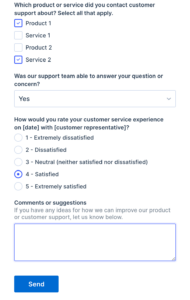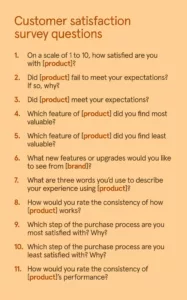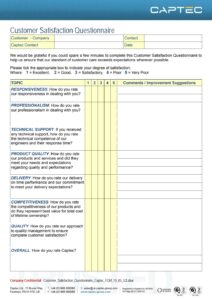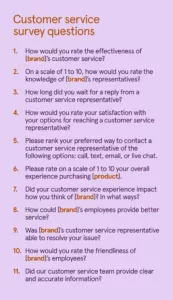Creating a customer requirements document template is a critical step in ensuring that your products or services meet the needs of your customers. By clearly defining the requirements of your customers, you can improve communication, reduce the risk of misunderstandings, and set the stage for a successful project.
A customer requirements document template typically includes sections for:
Elements of a Customer Requirements Document
1. **Project Overview**: This section provides a brief overview of the project, including the project name, goals, and objectives. Creating a project overview will give everyone involved in the project a basic understanding.
2. **Stakeholder Identification**: This section identifies the stakeholders involved in the project, including customers, end-users, project team members, and anyone who will be affected by the project. This step helps you to gather all necessary requirements from all the parties involved.
3. **Scope Statement**: This section clearly defines the scope of the project, including the deliverables, activities, and timelines. Defining a scope statement is vital for having a successful project.
4. **Requirements**: This section lists the requirements that the product or service must meet. Requirements should be specific, measurable, achievable, relevant, and time-bound. You should clearly define each requirement here.
5. **Acceptance Criteria**: This section defines the criteria that will be used to determine whether the product or service meets the requirements. These can include things like performance metrics, user satisfaction, or compliance with industry standards.
Customer Requirements Document Best Practices
1. **Use a template**: Using a template can help you to ensure that your customer requirements document is complete and well-organized. There are many free customer requirements document templates available online.
2. **Involve the customer**: The customer should be involved in the development of the customer requirements document. This will help to ensure that the document accurately reflects the customer’s needs.
3. **Be specific and detailed**: The requirements should be as specific and detailed as possible. This will help to avoid misunderstandings and ensure that the product or service meets the customer’s needs.
4. **Use clear and concise language**: The language used in the customer requirements document should be clear and concise. This will help to ensure that the document is easy to understand and follow.
5. **Review and revise**: The customer requirements document should be reviewed and revised regularly. This will help to ensure that the document remains accurate and up-to-date.
Conclusion
A customer requirements document template is a valuable tool for ensuring that your products or services meet the needs of your customers. By following the best practices outlined in this article, you can create a customer requirements document that is clear, concise, and complete.
By using a customer requirements document template, you can improve communication, reduce the risk of misunderstandings, and set the stage for a successful project.



